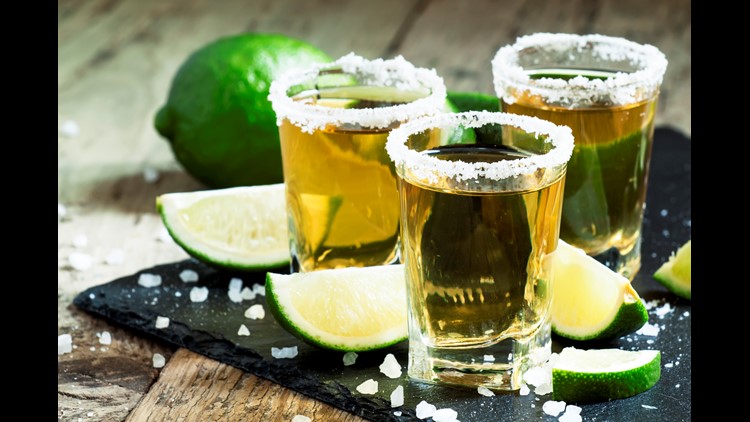Monday, July 24th, marks the greatest holiday of them all - National Tequila Day. Tequila is an amazing margarita mixer, or a powerful shot on it's own, but did you know you also can make diamonds out of the Jose Cuervo in your pantry? Here are seven crazy things you never knew about tequila.
Tequila is a mezcal
Tequila is made with at least 51 percent blue agave, which classifies it as a mezcal - or an agave plant based drink. However, all mezcals aren't tequilas. Tequila has to be made with blue agave, while mezcals can be made with any agave plant.
Therefore, sometimes it'll contain worms
Worms in tequila bottles are actually misplaced. They're only supposed to appear in purely mezcal bottles. The worms are a larvae known as gusano de maguey that grow on different agave plants. Rumor has it, the gusano was first inserted in a finished bottle of mezcal because it changed the 'spirit of the flavor.'
It is NOT beneficial to your health
In May, we ran a story on agave's anti-inflammatory and immune boosting properties. Unfortunately, after distillation, the sugary calories in tequila negate any potential health benefits.
You can turn tequila into diamonds
Eighty-proof tequila has the perfect proportion of ethanol to water to create diamond films. If you're looking to make diamonds at home, heat the mezcal into a vapor above 1,400 degrees and deposit it on a stainless steel tray. Voila!
Most of the tequila-making process is done by hand
According to The Guardian, the process of cultivating agave plants in the highlands of Mexico is slowly dying out in favor of industrialized production. Jimador's, farmers tasked with harvesting these plants, cut open the core of the agave and remove surrounding leaves. The cores are then transported to a nearby distillery.
Contrary to belief, tequila is closer to the lily than the cactus
Although the agave plant resembles a large pineapple or cactus, it has no relation to the two plants. It is actually a part of the Liliaceae, or lily flower family.
Tequila was used as a remedy during the Mexican flu epidemic
During the 1918 outbreak, doctors prescribed tequila mixed with lime and salt. The traces of agave were believed to kill bacteria, and the lime juice was a great source of Vitamin C.



